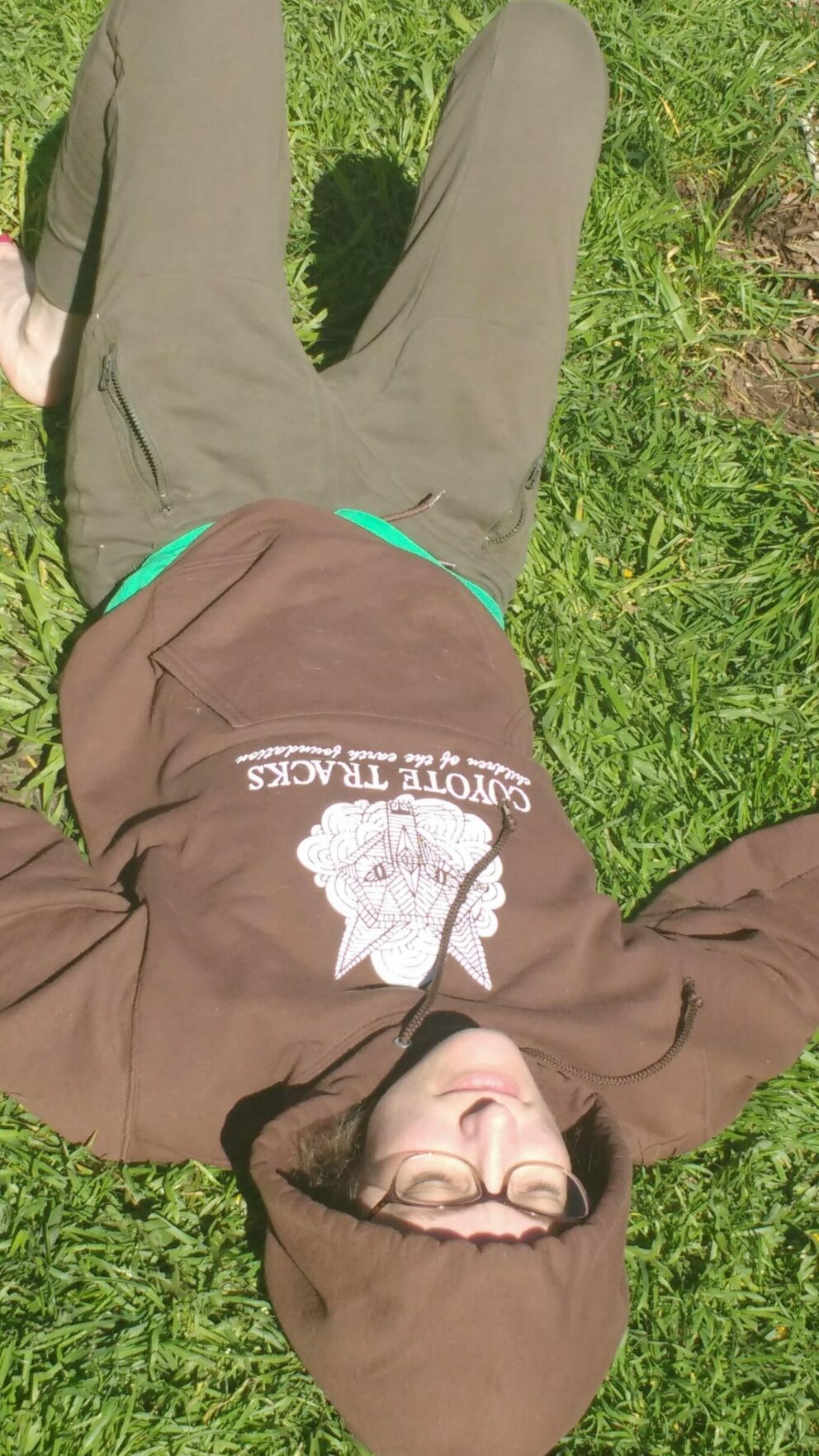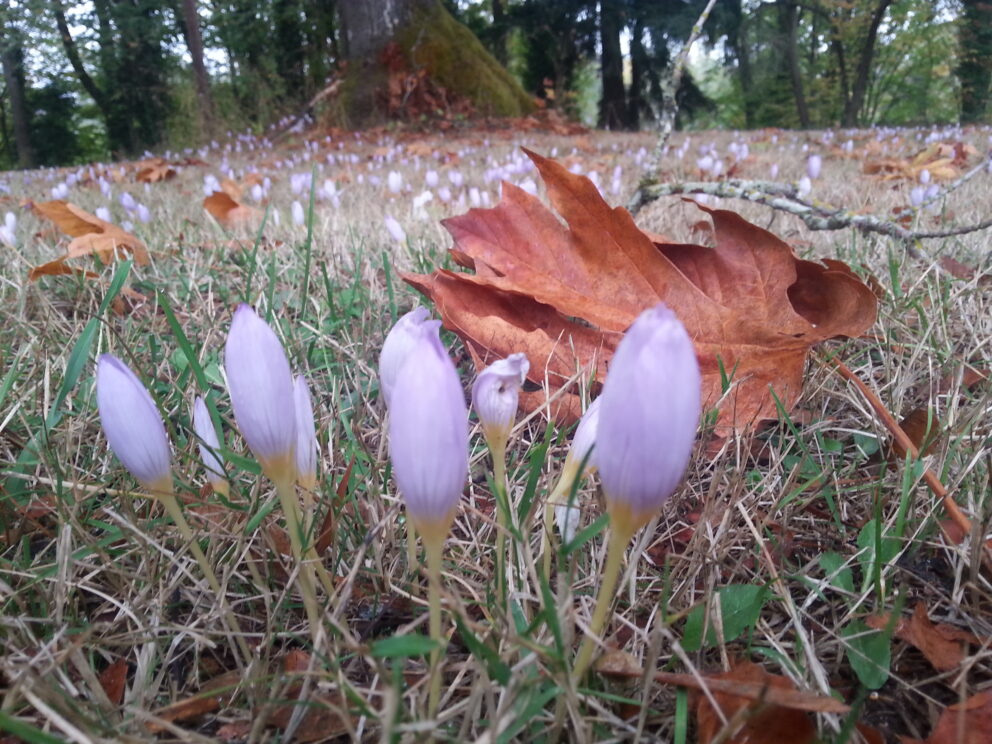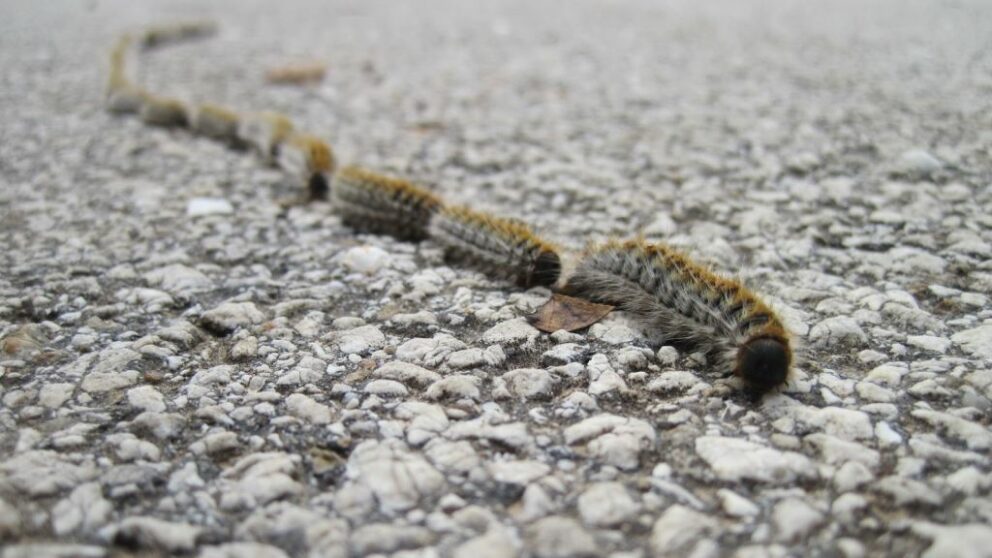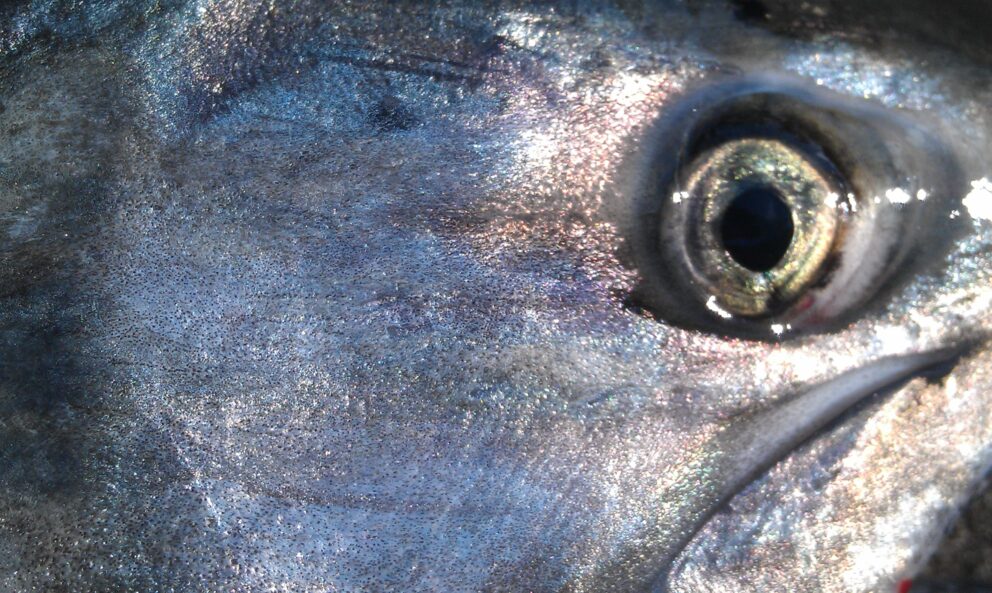Mossy Blog

Between you and me…
The truth is, between you and me. It’s there in the air that connects us. And in the touch, a glance, whiff or word. The truth is we have never been alone. The earth is always under our bodies, air surrounds us and water inside. When we narrow our experience of the world, and yield…
Read More
Nature Basking
Nature basking (nā-chər ˈbask-ing), not to be confused with nature bathing, is the unabashed connection of body to earth. Basking is to lie in nature, generally under warm rays of sunshine. Nature basking is preferably done clothed and in a hooded sweatshirt to protect one's hair. First, let your instincts guide you to a place…
Read More
Your Nature
What was nature to you as a child? Was nature a park, backyard, outdoor school, summer camp or somewhere in a forest far away? Looking back, nature to me was where I hid for solitude, peace and relief from the chatter of humans. Growing up I shared a big bedroom with my two sisters. My family…
Read More
Homing to the Group
Do you pull dandelions in your yard because you dislike their bright, yellow flowers or because you’d rather not be judged by your neighbors? If you knew dandelions were a food source for pollinators, especially in urban areas, would that change your behavior? Our human tendency to orient to the herd may make us strangely similar to…
Read More
Salmon Season
You are the hands of my father filleting steaks, smell of alder in the smokehouse, roar of a diesel engine chugging upriver, ocean salt melting in my mouth. Where the salmon run, I am home.
Read More